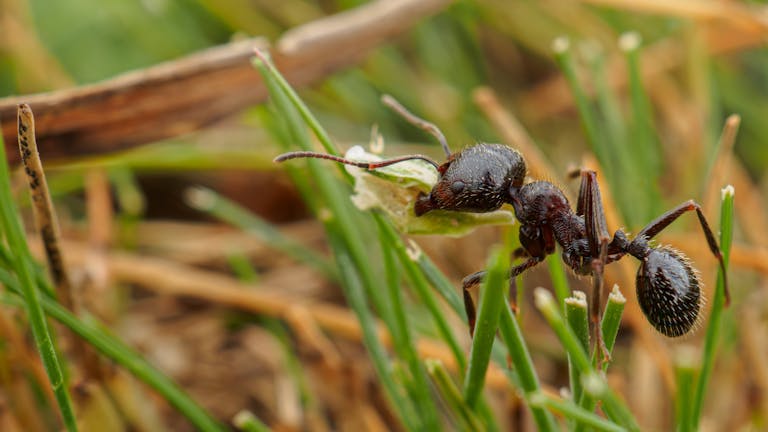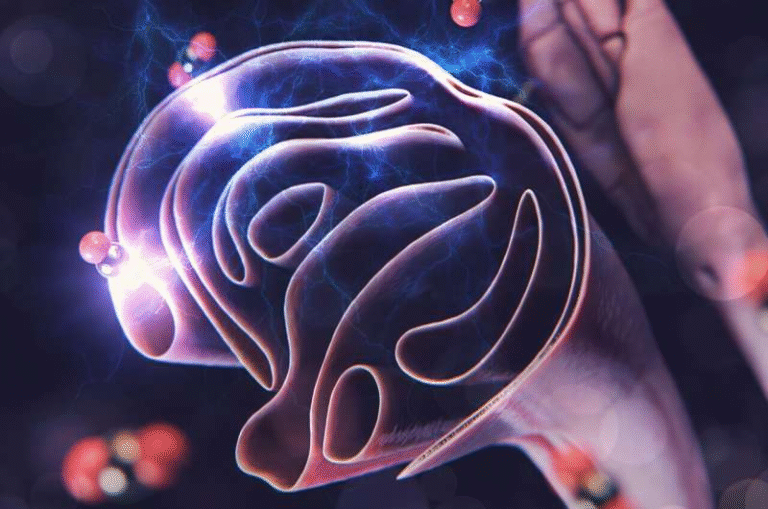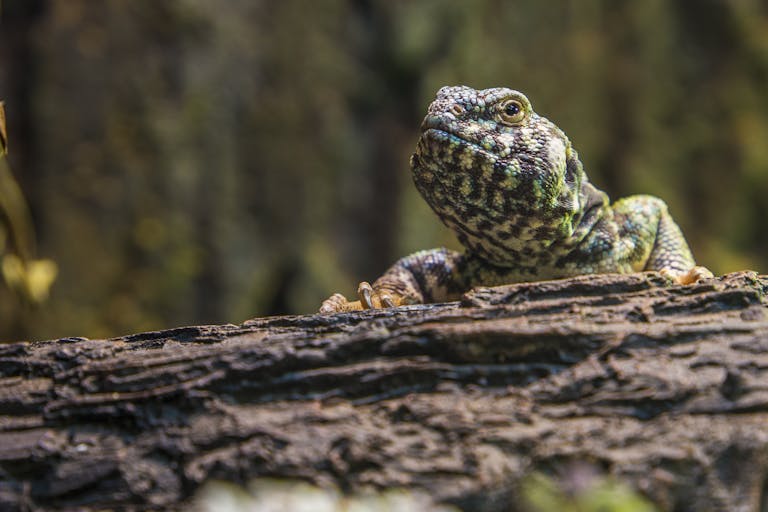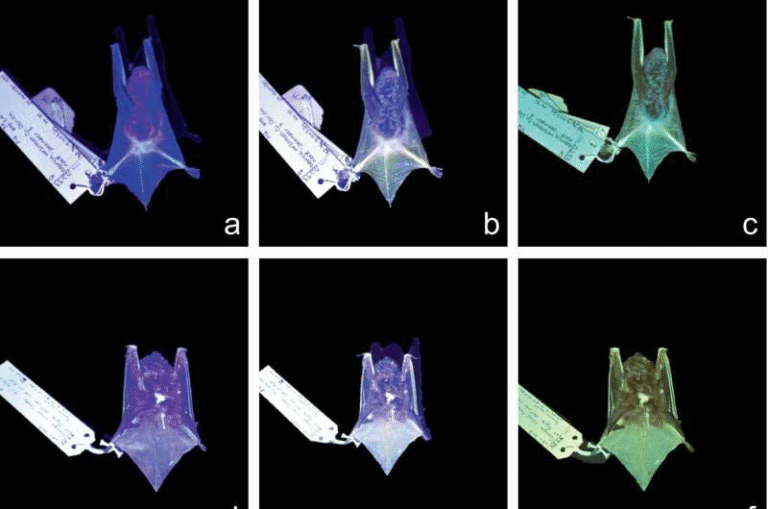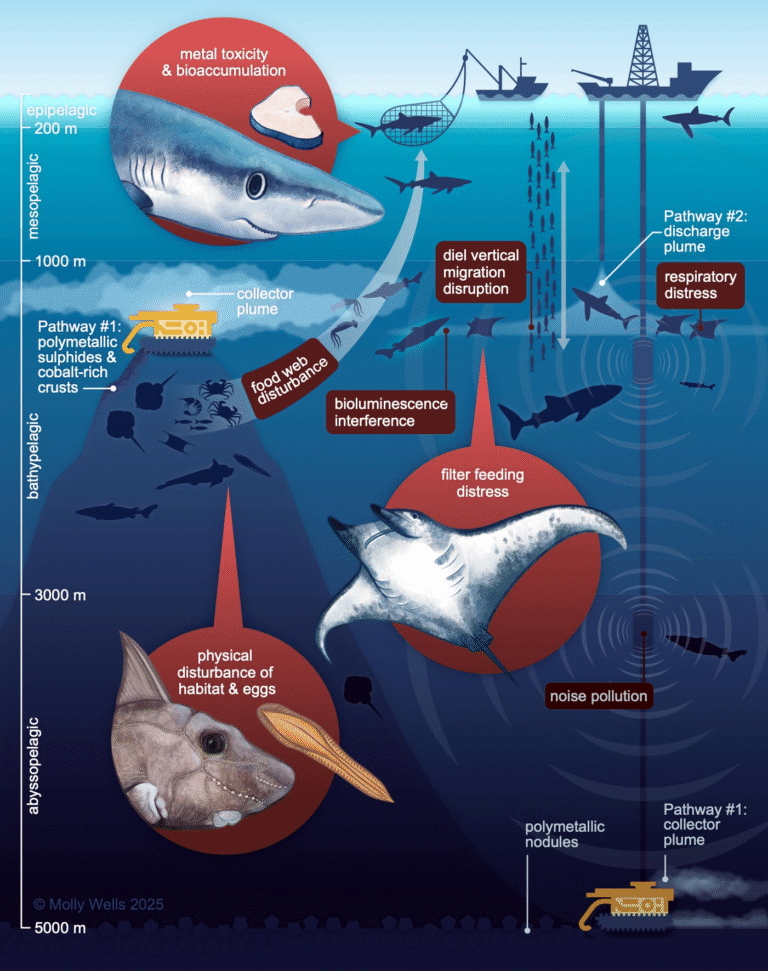Female Canaries Can Sing Too – New Research Uncovers the Hidden Power of Their Brains
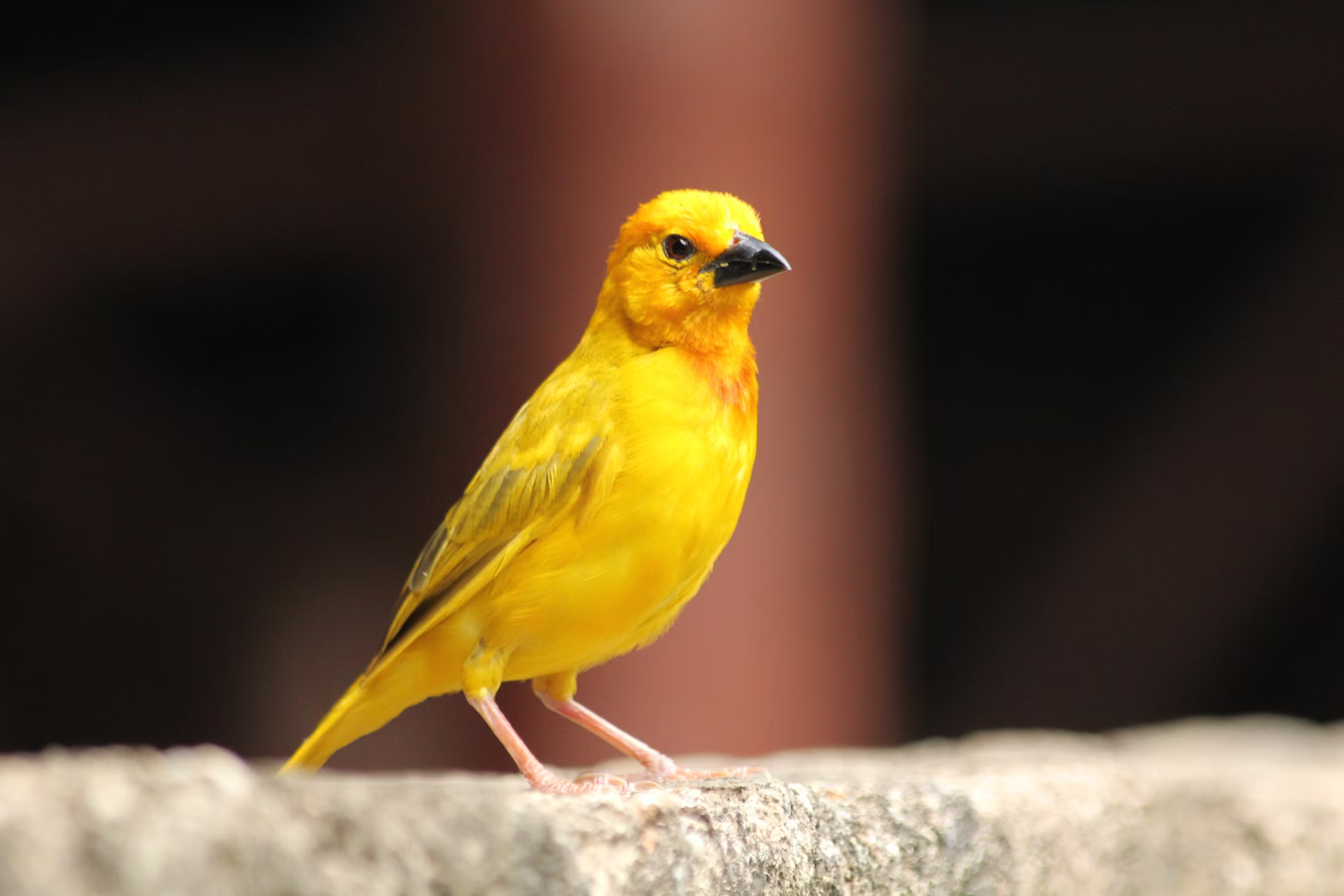
For a long time, scientists believed that female canaries simply could not sing. Male canaries are known for their melodious tunes during the breeding season, while females usually stay silent. But new research from the Max Planck Institute for Biological Intelligence has revealed something astonishing — female canaries actually possess the complete neural machinery for singing, and this ability can be switched on at any point in their lives.
This study, published in the Proceedings of the National Academy of Sciences (PNAS), goes beyond the world of birds. It opens a window into the mysterious resilience of the brain and how dormant abilities can be reactivated, even after years of disuse.
What the Study Found
Researchers at the Max Planck Institute focused on female canaries, which normally remain mute. They discovered that, although these birds don’t sing naturally, their brains preserve the full song-control circuits needed for singing. These circuits lie dormant but ready to be activated.
To test this, scientists gave female canaries testosterone, the same hormone that rises naturally in males during the breeding season. Over several weeks, these females began to sing complex songs, much like males. Even older females — some as old as seven years — were able to learn and perform songs, long after their expected lifespan in the wild.
The researchers observed changes in a specific brain region known as HVC (proper name, not an acronym). This part of the brain is essential for song production in birds, much like the speech centers in the human brain.
The Brain Behind the Song
Earlier studies had suggested that the HVC region in canaries grows larger when birds start to sing, leading scientists to believe that the singing ability was linked to an actual expansion in brain volume. But this new study used advanced microscopy and gene expression mapping to look much closer — and the results were surprising.
The HVC didn’t grow at all. Instead, the neurons inside became more active, forming stronger connections and changing their gene expression patterns. These internal adjustments made the brain region appear larger under traditional imaging methods, but in reality, it was just working harder, not physically expanding.
In simpler terms, testosterone didn’t cause new brain tissue to form; it reawakened the existing neurons, fine-tuning their connections and making the circuit come alive again.
This finding means that the song-control system stays intact throughout a female canary’s life, even if it’s never used. The brain doesn’t dismantle or degrade these circuits — it keeps them in standby mode, ready to activate whenever conditions are right.
How the Researchers Did It
The scientists combined several high-resolution techniques:
- Two-photon in vivo microscopy allowed them to track individual brain cells in living birds across multiple weeks.
- Spatial transcriptomics revealed how gene activity changed across different parts of the HVC as the birds began to sing.
- Behavioral monitoring confirmed when the females started producing song patterns.
The combination of imaging, gene mapping, and behavioral data gave the team a detailed picture of how hormones activate dormant brain circuits. The study found that testosterone triggers a wave of molecular and electrical activity across the HVC, strengthening its internal communication without changing its structure.
Why This Discovery Matters
The implications of this research go far beyond canaries. It highlights a fundamental principle of neuroplasticity — the brain’s ability to change and adapt throughout life.
For decades, scientists believed that after childhood, the human brain gradually lost much of its flexibility. However, newer research shows that our brains continue to remodel themselves — after injuries, while learning new skills, or adapting to challenges. This new study in canaries reinforces that idea: even circuits that seem unused for years can remain fully functional, just waiting for the right trigger.
It also offers clues about how aging brains maintain capacity for recovery and adaptation. The fact that older female canaries could still learn to sing means that long-term brain preservation is possible, and hormonal or molecular cues might help reawaken dormant skills. This could one day inform how humans recover speech or motor skills after stroke or injury, or how we could boost learning and memory in old age.
The Role of Hormones in Brain Activation
The hormone testosterone played a central role in this study. In canaries, testosterone levels rise in males during the breeding season, driving them to sing and attract mates. When researchers gave female canaries the same hormone, their brains began to activate the same circuits that control singing behavior.
However, what’s fascinating is that testosterone didn’t just act like a switch — it acted like a conductor, coordinating changes across hundreds of genes and neuronal connections in the HVC. This orchestration helped transform a silent brain circuit into a fully active one.
The hormone didn’t build new structures — it optimized existing ones, strengthening connections and synchronizing neural firing patterns.
A Closer Look at the HVC
The HVC (used as a proper name in songbird neurobiology) is part of a larger song-control system in birds that includes several other brain regions, such as RA and Area X. The HVC plays a key role in storing and producing song sequences.
In male canaries, the HVC changes in size and activity throughout the year. During breeding season, when testosterone levels peak, males sing more and the HVC appears larger. After breeding season, when singing declines, the HVC appears smaller.
But this new research suggests that what appears as physical growth might actually be a shift in neuronal activity, not the addition of new brain cells. This finding redefines how scientists interpret seasonal changes in songbird brains and could reshape decades of research on hormone-driven brain plasticity.
What This Means for Neuroscience
By showing that female canaries can reactivate long-unused brain circuits, this research underscores the brain’s ability to retain dormant skills. The brain’s architecture isn’t erased when not in use — it’s preserved and ready to adapt.
This could have implications for humans, too. The same principle might explain how people can relearn lost abilities or recover from neural damage. It might also shed light on how learning new skills in adulthood — from languages to music — relies on reawakening existing, underused circuits rather than building new ones from scratch.
It’s a reminder that the brain is not a static organ; it’s a living, adaptable system that can respond to new challenges throughout life.
Beyond the Lab: Why Songbirds Matter
Songbirds like canaries are one of the best models for studying learning and brain flexibility. Their songs are learned behaviors, shaped by both genetics and practice, much like human speech. Because their song circuits are well-defined and hormone-sensitive, scientists can study how environmental, genetic, and hormonal factors shape brain function in detail.
This research on female canaries builds on decades of work that used male canaries, zebra finches, and other songbirds to explore how hormones, learning, and neuroplasticity interact. It’s an elegant example of how understanding one small songbird can help us understand ourselves.
Final Thoughts
The discovery that female canaries can sing — not because they grow new brain structures, but because they can reactivate existing ones — challenges long-held assumptions about the limits of the brain. It shows that inactivity doesn’t mean loss, and that complex abilities can persist quietly, waiting for the right signal to come alive again.
This finding doesn’t just rewrite what we know about birds; it expands what we believe about the brain’s incredible capacity for renewal and change.
